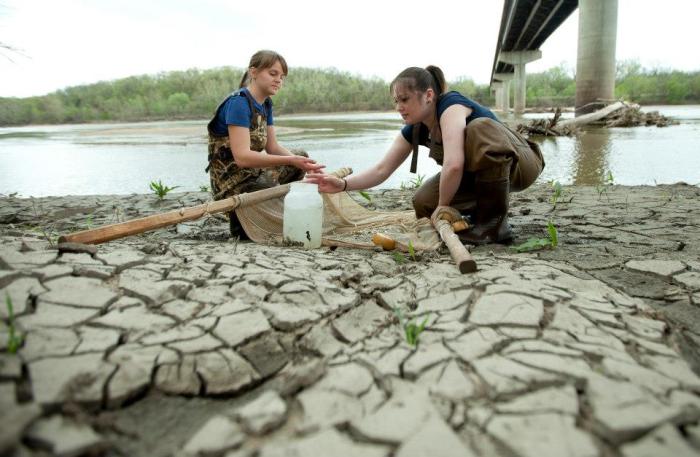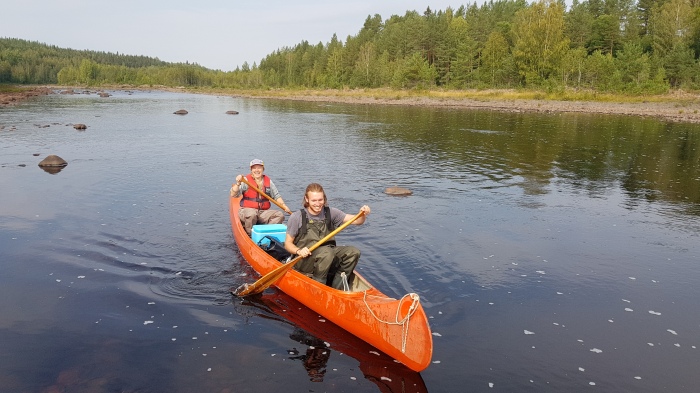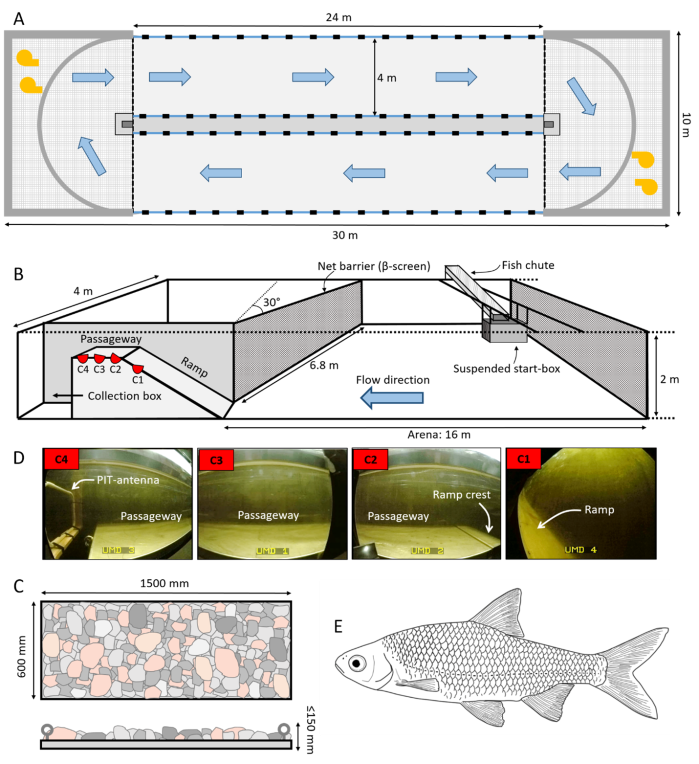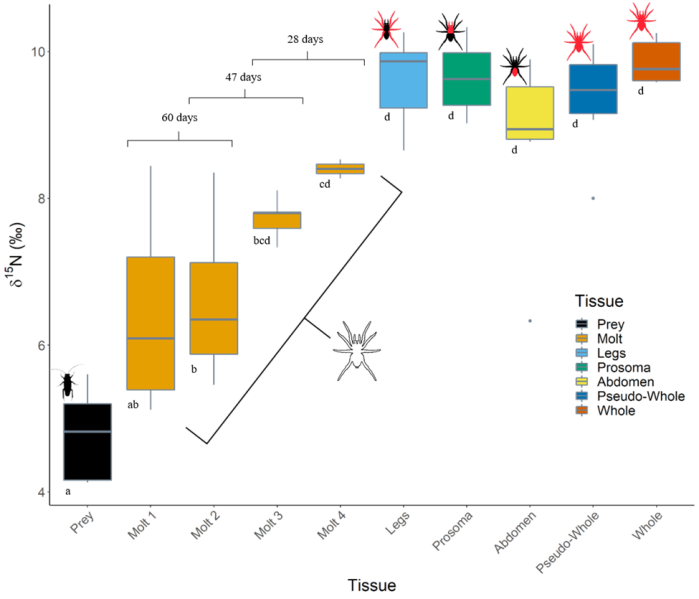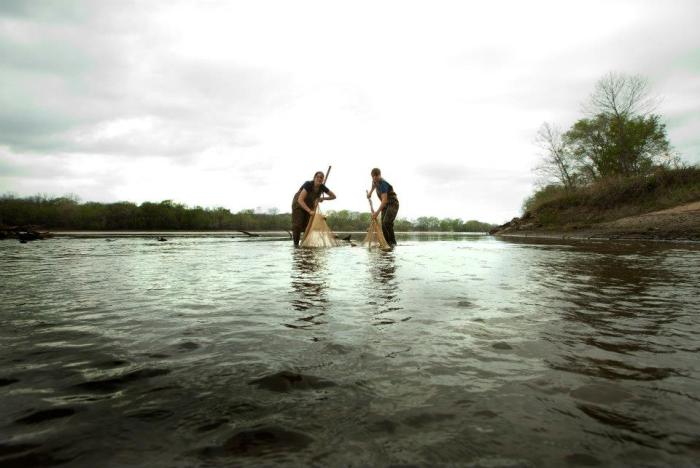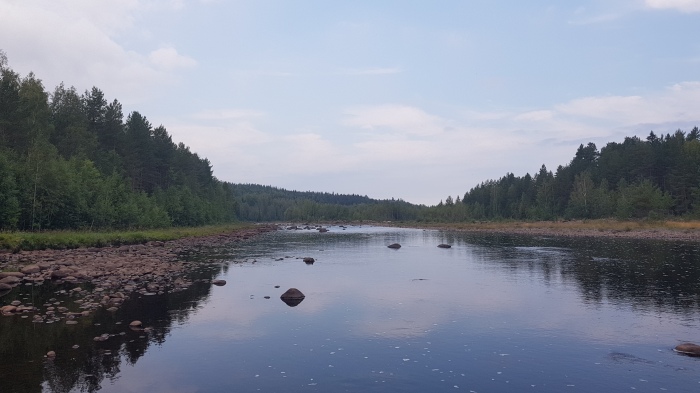Conducting studies at organism, population, community, landscape, and ecosystem levels of ecological organization in a wide variety of ecosystems.
Click on any of the projects below to learn more about them!
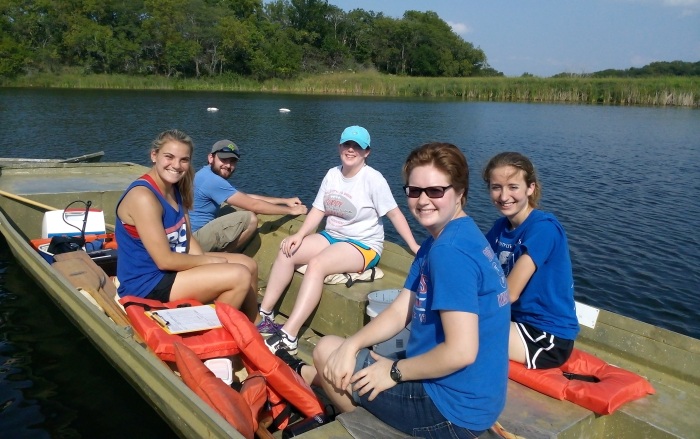
Not all depths are created equal: Deep water algae layers influence zoobenthos in stratified lakes
We investigated the depth distribution of zoobenthos in relation to both abiotic conditions (pH, available light or photosynthetically active radiation, dissolved oxygen, temperature, and conductivity) and biotic factors (turbidity and phytoplankton, estimated fluorometrically) in a small, dimictic mesotrophic reservoir located at the border of the tall grass prairie and eastern deciduous forest ecoregions of the … Continue reading Not all depths are created equal: Deep water algae layers influence zoobenthos in stratified lakes
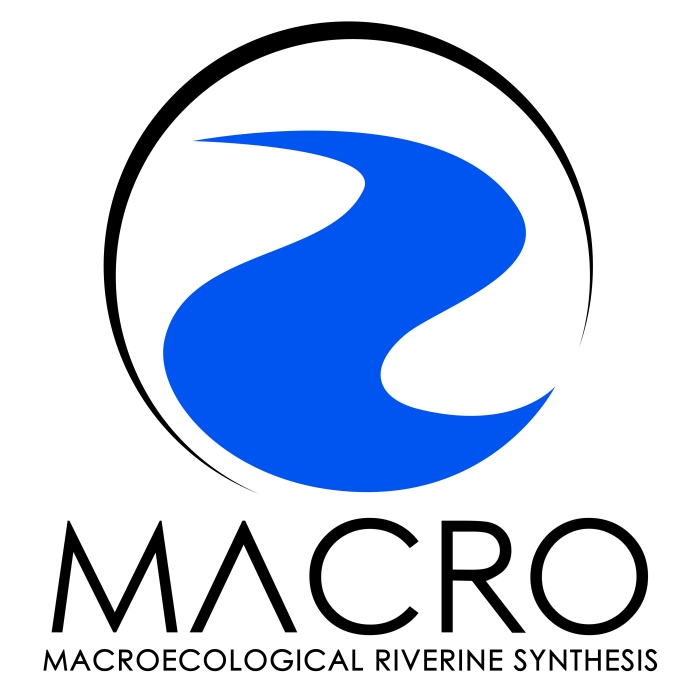
Hierarchical functioning of river macrosystems in temperate steppes – from continental to hydrogeomorphic patch scales
For my postdoctoral research, I have been working on the MACRO project, which joins together a diverse group of scientists, graduate students and researchers from Mongolia, the USA, and Europe – focusing on macrosystem ecology as it relates to river basins in major temperate steppe regions of the world. My expertise in compound specific isotope … Continue reading Hierarchical functioning of river macrosystems in temperate steppes – from continental to hydrogeomorphic patch scales
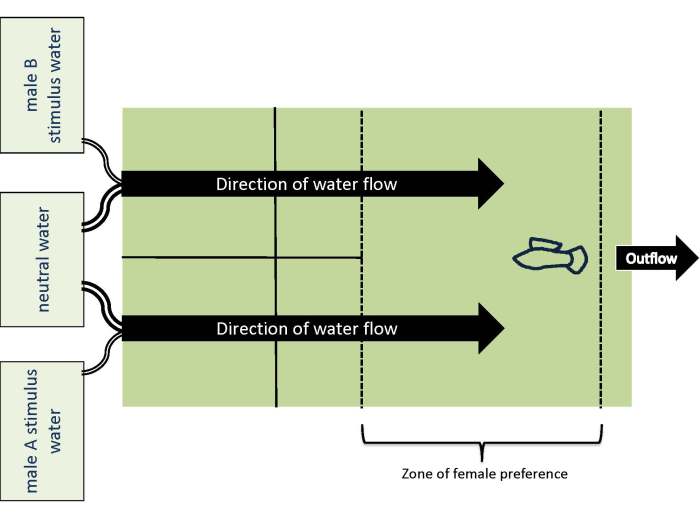
Mate preferences associated with MHC alleles in the sailfin molly
One of my major research projects as an undergraduate involved looking at how major histocompatibility complex (MHC) alleles influence female mate choice preferences, and I worked in conjunction with two of my professors at Ohio Wesleyan University. Females may have mate preferences for male traits that benefit their offspring. We were interested in whether female … Continue reading Mate preferences associated with MHC alleles in the sailfin molly
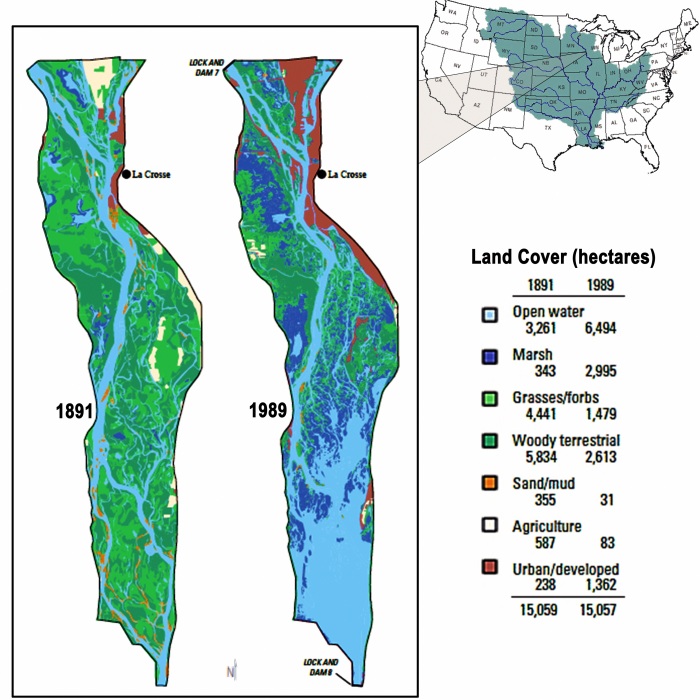
Reweaving river food webs through time
Large rivers are important for economies and global ecosystems. The importance of large rivers to societies is easily recognizable because many modern and ancient population centers are located along large rivers, tributaries, streams, and deltas. Although engineering in river systems has economic benefits to society, these benefits often come with devastating ecological consequences that, if … Continue reading Reweaving river food webs through time
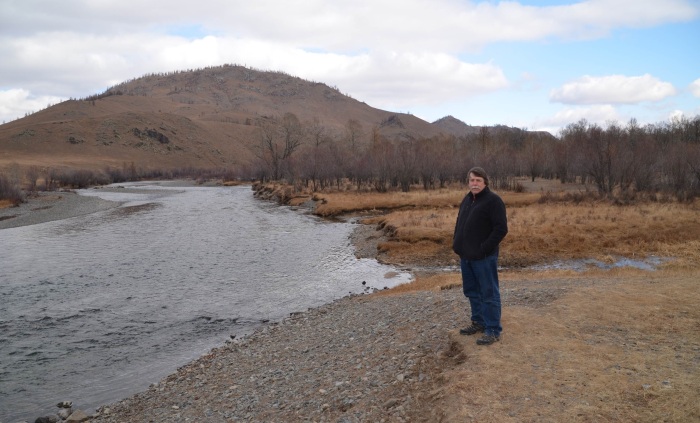
Trophic relations, hydrogeomorphology, and ecosystem size in a river macrosystem
We examined trophic relationships (Layman metrics including food chain length, or FCL) among fish in the Upper Mississippi River system in relationship to hydrogeomorphic complexity and ecosystem size. We collected tissue from fish and molluscs during moderate to low water conditions over ~2 summer months from 4 hydrogeomorphic zones spread over ~6° latitude and 1,019 … Continue reading Trophic relations, hydrogeomorphology, and ecosystem size in a river macrosystem
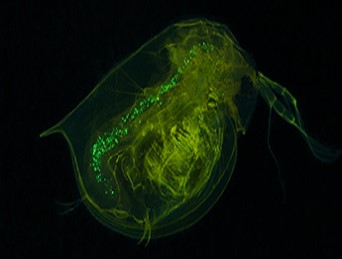
Microplastic Ingestion in Aquatic Invertebrates: A Method for Detection
Plastic debris, the majority of which is microscopic (<1mm), has been reported in every open ocean and many freshwater lakes and river. Microplastics enter aquatic habitats through a variety of sources, and are bioavailable to a wide range of vertebrates and invertebrates, resulting in many adverse health effects. Recently, efforts to quantify the amount of … Continue reading Microplastic Ingestion in Aquatic Invertebrates: A Method for Detection
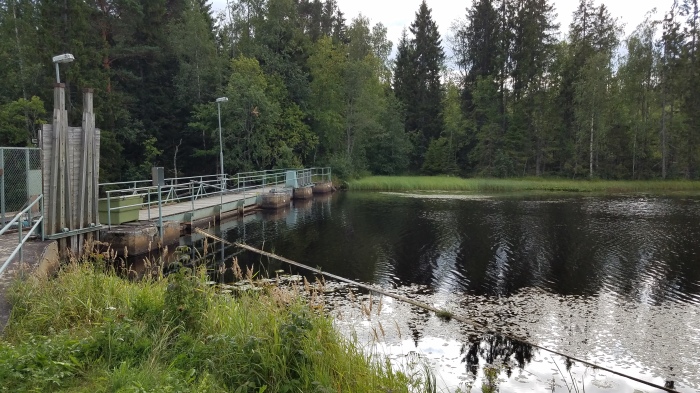
Historical food web structure of Swedish rivers: how damning are dams?
Documenting long-term changes in aquatic ecosystems is notoriously difficult; however, food webs are a central organizing theme in ecology. Food webs are special descriptions of biological communities focused on trophic interactions between consumers and resources. They provide a means of analyzing interrelationships among community structure, stability, and ecosystem processes, and how these attributes are influenced … Continue reading Historical food web structure of Swedish rivers: how damning are dams?
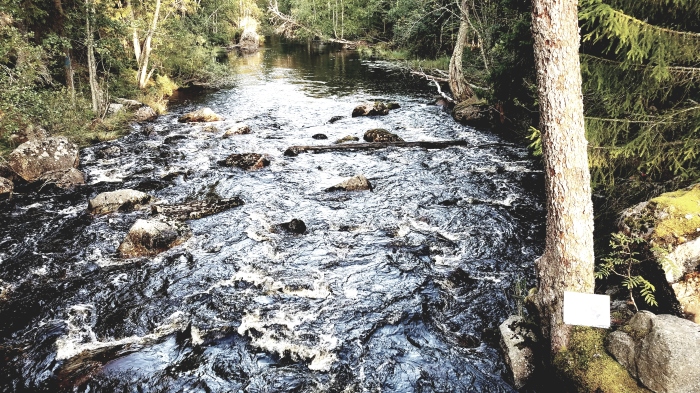
Restoring the breath to Swedish rivers: dam removal influences river system metabolism
For system metabolism we will seasonally sample, using the Open Stream Diel O2 Method, where we collect two-station O2, temperature, Photosynthetic active radiation (PAR), water velocity and water level. Anthropogenic Allochthony: potential sources of elevated respiration in human-influenced rivers, storage behind impoundments. We expect the metabolism of the river to change, in particular in regards to … Continue reading Restoring the breath to Swedish rivers: dam removal influences river system metabolism

Calm after the storm: food web structure after impoundment removal
We are assessing changes in food web dynamics with the removal of dams in rivers near Hudiksvall, Sweden. We expect the food web of the river to change, in particular in regards to the amount of marine-derived nutrients entering the food web (expected to increase with the removal of dams).
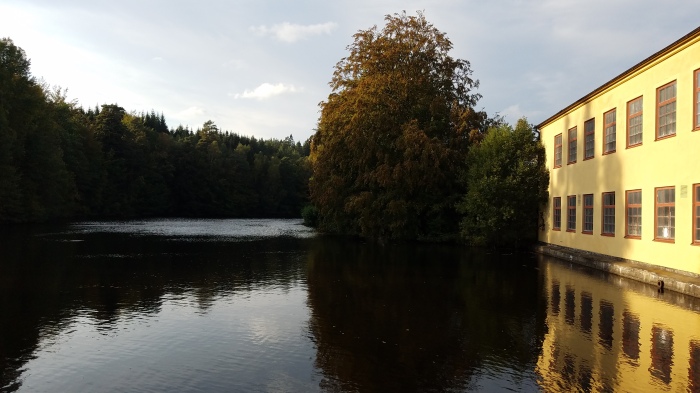
Collaborative processes as a recipe for sustainable river basin development?
A study of Swedish water councils in three regulated rivers During the last decade, the ideas of collaborative planning have been widely implemented in European water administrations through progressive and innovative EU legislation on river basin management. Sweden has undergone a major change in its use of collaborative river basin planning, with the establishment of … Continue reading Collaborative processes as a recipe for sustainable river basin development?
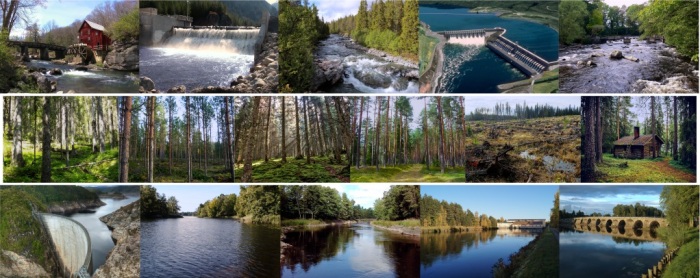
Cultural-bias glasses with respect to perspectives of nature in Sweden
The perception of dams in riverscapes and clear-cutting forests is strongly affected by the socio-cultural environment. This cultural influence might explain why dam removal is accepted and promoted in some regions of Sweden but not in others, despite the demonstrated ecological benefits. Also, this might explain different land management strategies throughout Sweden. We are conducting an extensive student … Continue reading Cultural-bias glasses with respect to perspectives of nature in Sweden
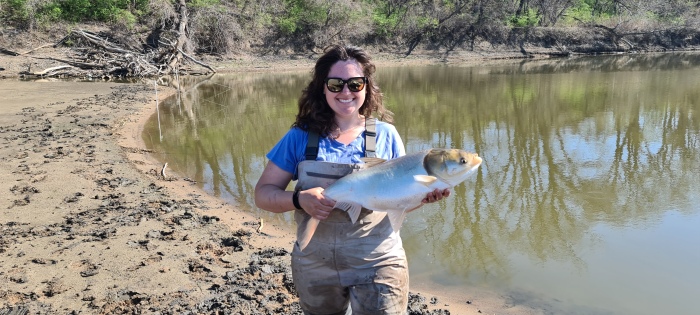
The Affect of Filter-Feeding Carps on Resident Species of the Kansas River, a Food-Web Approach
Since the 1970’s invasive carp have expanded throughout much of the Mississippi River basin. Bighead (Hypophthalmichthys nobilis) and Silver (H. molitrix) carp are prolific, filter-feeding fish that drastically reduce plankton where their populations get too dense. This can affect resident fish communities that also rely on planktonic resources. Ecological studies often use the relative abundance … Continue reading The Affect of Filter-Feeding Carps on Resident Species of the Kansas River, a Food-Web Approach
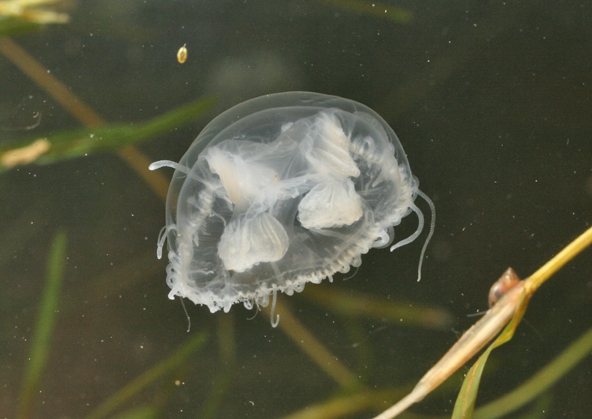
Using eDNA to detect Craspedacusta sowerbii (freshwater jellyfish) in aquatic ecosystems
The use of Environmental DNA (eDNA) can help detect different species that there are in an ecosystem (Water Science School, 2018). eDNA is nuclear or mitochondrial DNA that is released from an organism into the environment via skin, hair, feces, etc. The use of eDNA is more common in aquatic systems and is becoming more … Continue reading Using eDNA to detect Craspedacusta sowerbii (freshwater jellyfish) in aquatic ecosystems
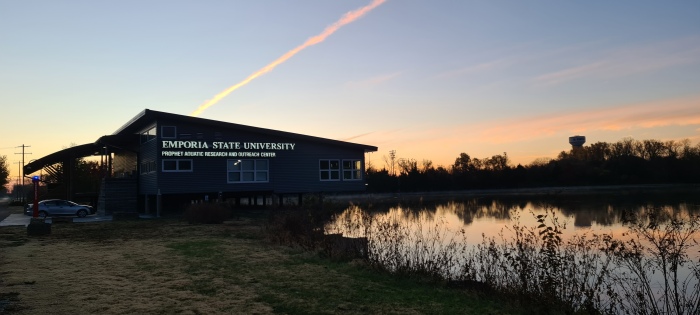
Just around the Riverbend: Introduction of a meander and the effects on biotic and abiotic components
Streams carry nutrients, sediment and other materials into rivers, lakes, and the ocean. Streams naturally meander, and streams with low sinuosity are less likely to have basic pool-riffle features along with regular erosion and deposition patterns. When a stream lacks natural sinuosity, it also tends to have degraded habitat, causing a reduction in species and … Continue reading Just around the Riverbend: Introduction of a meander and the effects on biotic and abiotic components
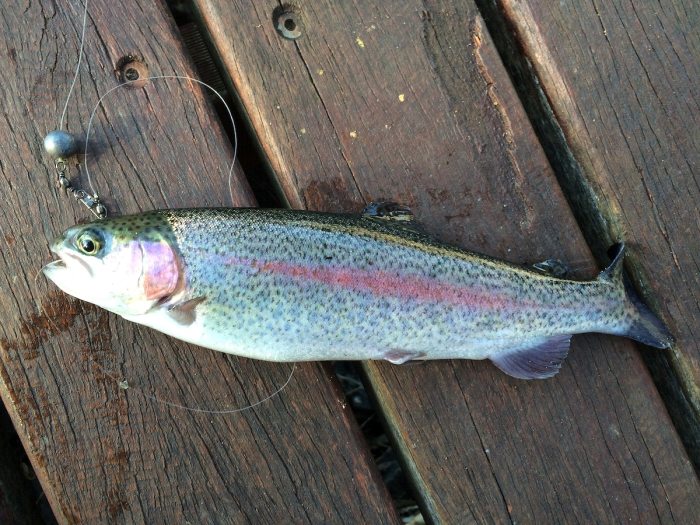
THE EFFECTS OF VARIOUS REARING CONDITIONS ON FARM-RAISED RAINBOW TROUT
The purpose of this research is to study how different rearing conditions and protocols affect the overall condition of trout. These conditions include length, color, weight, and behavior. It is important to recognize that hatcheries are a necessary tool for conservation and can be used to help support sustainable fisheries for recreational use, as well … Continue reading THE EFFECTS OF VARIOUS REARING CONDITIONS ON FARM-RAISED RAINBOW TROUT
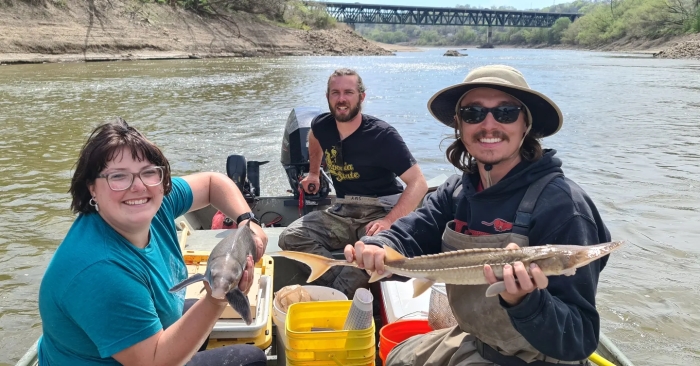
Not Set in Stone: Phenotypic plasticity in native fishes in response to invasive carp density and competition in the Kansas River
Bighead and Silver carp (Hypophthalmichthys nobilis, H.molitrix) are planktivorous fish and since their introduction into the USA have become a widely spread invasive species. These invasive carp are highly efficient and effective filter feeders, having the potential to impact or outcompete native planktivores. Competition with invasive species or other environmental factors can influence things such … Continue reading Not Set in Stone: Phenotypic plasticity in native fishes in response to invasive carp density and competition in the Kansas River
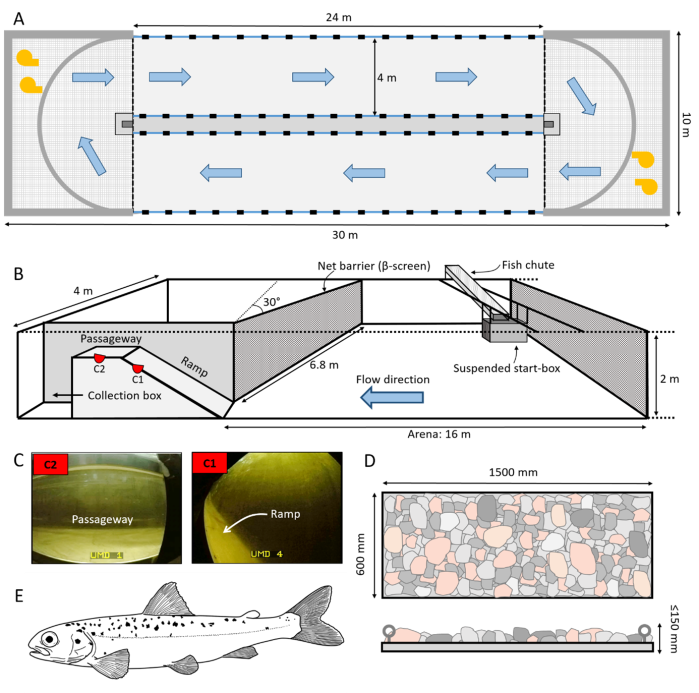
Downstream bypass efficiency of Atlantic salmon Salmo salar smolts in relation to bypass cobble substrate and flow velocity
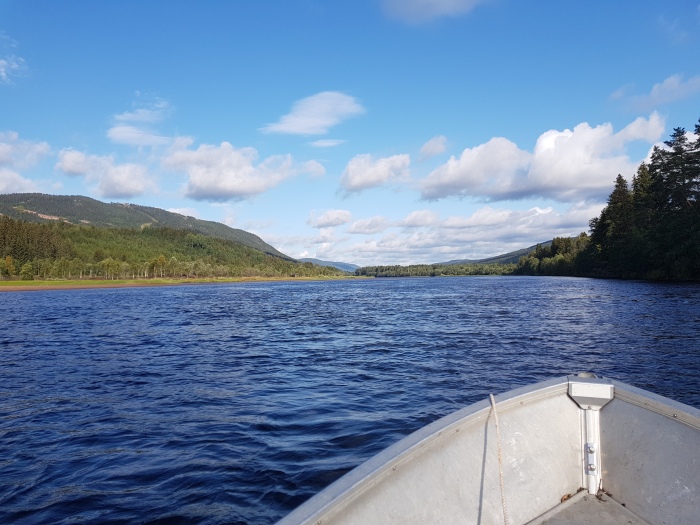
Fish biodiversity in different types of tributary mouths located within impounded sections of Swedish boreal rivers
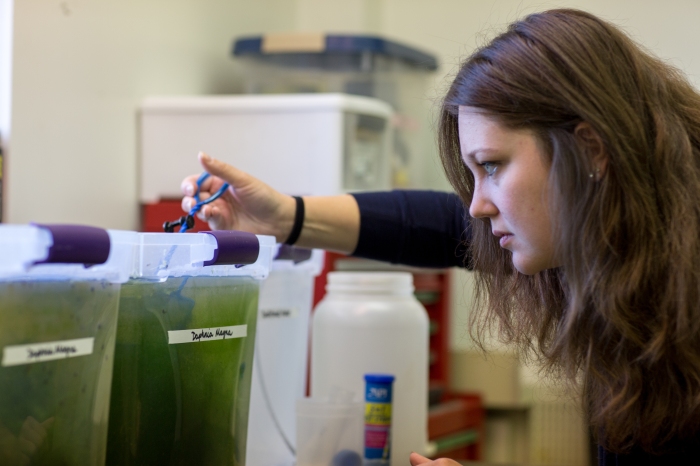
Consequences of employing amino acid vs bulk-tissue, stable isotope analysis: a laboratory trophic position experiment
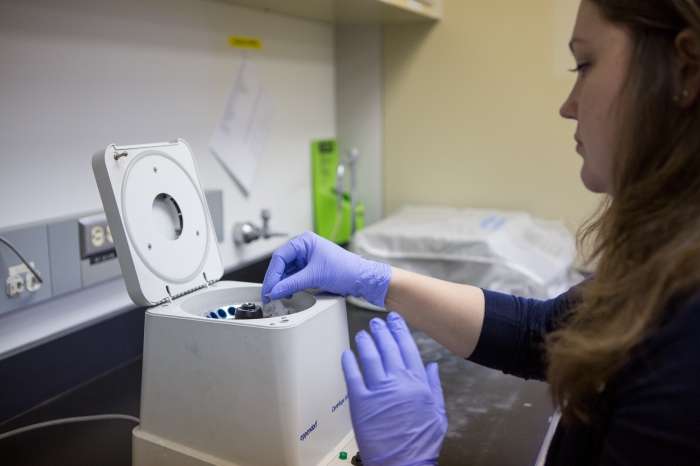
Long-term ecological research in freshwaters enabled by regional biodiversity collections, stable isotope analysis, and environmental informatics
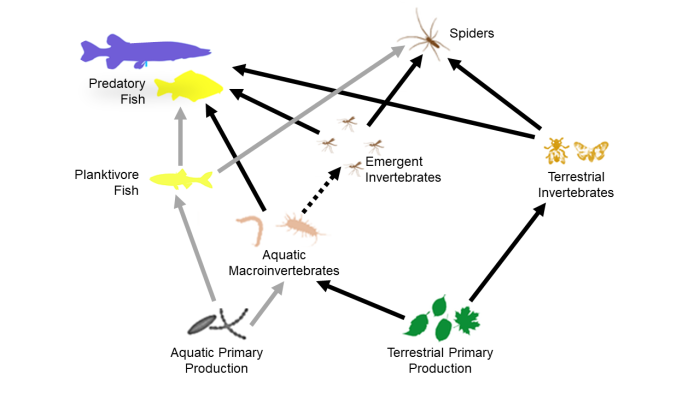
Small stream predators rely heavily on terrestrial matter energy input in the fall, regardless of riparian buffer size
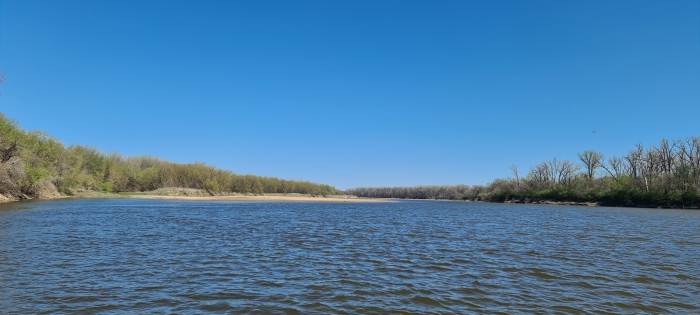
Fipronil presence in Kansas waterways and its impact on aquatic life
Fipronil is a commercial insecticide that belongs to the phenylpyrazole chemical family, and as such it affects a large number of invertebrates. It was discovered and developed by Rhône-Poulenc between 1985-1987 and placed on the market in 1993 as a broad-use insecticide. Today, Fipronil is widely used against ectoparasites (fleas and ticks) in veterinary medicine … Continue reading Fipronil presence in Kansas waterways and its impact on aquatic life

